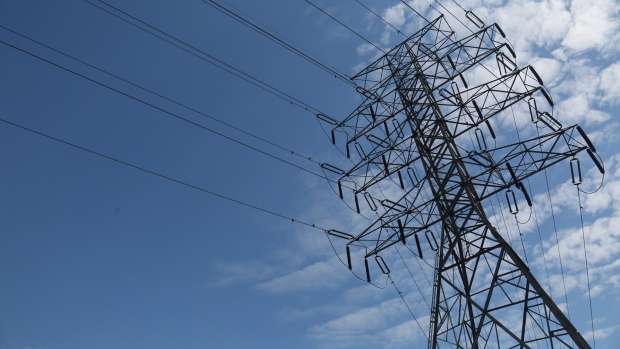Japan warms to geothermal power
By Industrial Info Resources
CSA Z463 Electrical Maintenance
Our customized live online or in‑person group training can be delivered to your staff at your location.

- Live Online
- 6 hours Instructor-led
- Group Training Available
Current estimates place global geothermal potential near 200 gigawatts, but only 5 of this is currently being utilized. The United States and the Philippines are the leaders in geothermal energy, but Japan, although rich in resources, trails far behind with slightly more than 500 megawatts MW of its total installed capacity derived from geothermal sources.
Japan, like many other countries, is faced with tough decisions in regard to climate change and sustainable energy. Luckily for Japan, energy demand growth is not expected to exceed 0.7 per year, and as Japan's population declines, this percentage could drop. A lack of future demand and an aging population have given Japan the sense that it has plenty of time to rehabilitate the electric power sector and adapt to green growth policies.
The lack of geothermal power plants in the face of such vast potential involves aesthetics, costs and concerns about earthquakes. Most geothermal hotspots are found within the borders of national parks, which do not readily allow the development of new power plants. Although the cost of constructing a geothermal power plant can be more expensive than that of a coal-fired plant, geothermal expenses are nowhere near as high as those of constructing a nuclear power plant.
Japan has the potential to be the world's third-largest geothermal energy producer, yet nuclear power has steamed ahead with far less effort, despite immense public concerns about earthquake damage. The country is heavily prone to seismic activity, sometimes experiencing up to 30 earthquakes or more in a single week, and public and official worries about geothermal drilling triggering seismic events are substantial.
Despite the substantial body of concerns, Japan is moving out of its long period of inactivity. Electric Power Development Company Limited, along with Mitsubishi Materials Corporation and Mitsubishi Gas Chemical Company Incorporated, is moving forward with plans to build a new geothermal power plant in the Tamatsu National Forest, located in the Akita prefecture in northern Japan.
Positive environmental impact studies have allowed the companies to shave months off of construction time, though the project is still subject to approval. Investment costs are expected to be more than $400 million for the 60-MW plant. Construction of the facility is expected to be completed by 2015.











